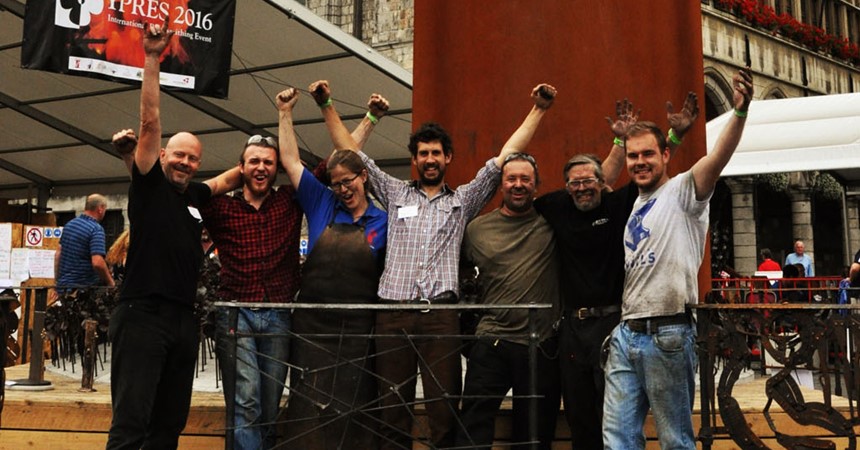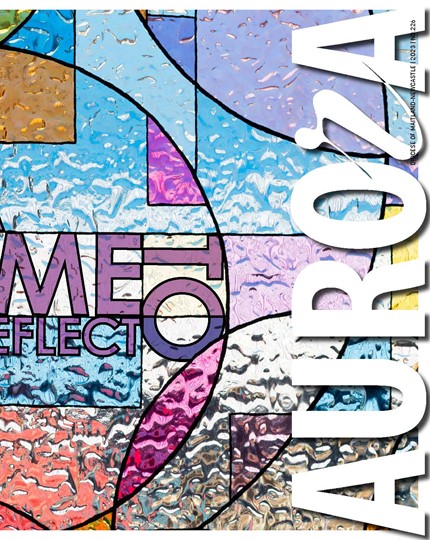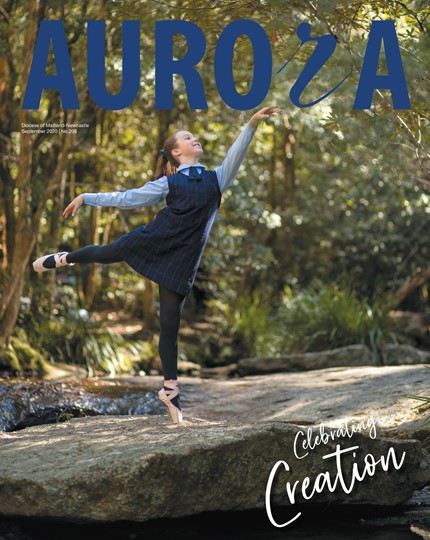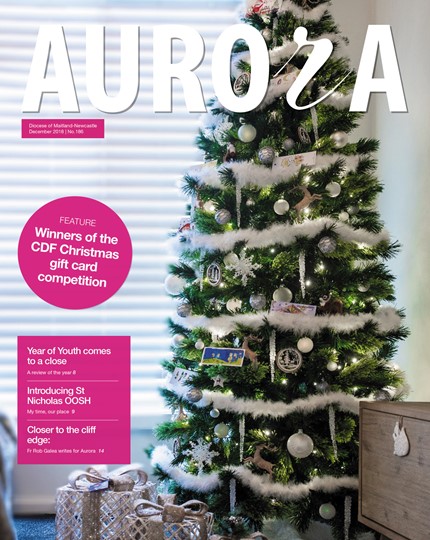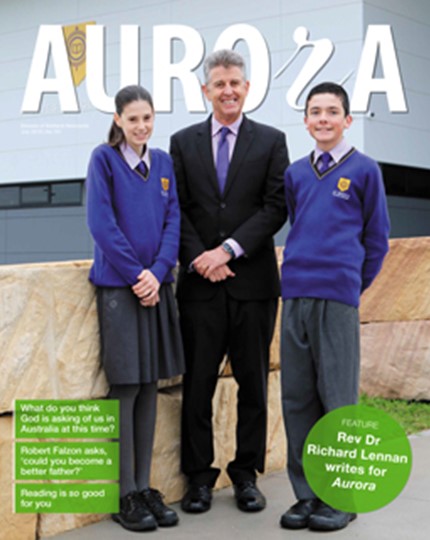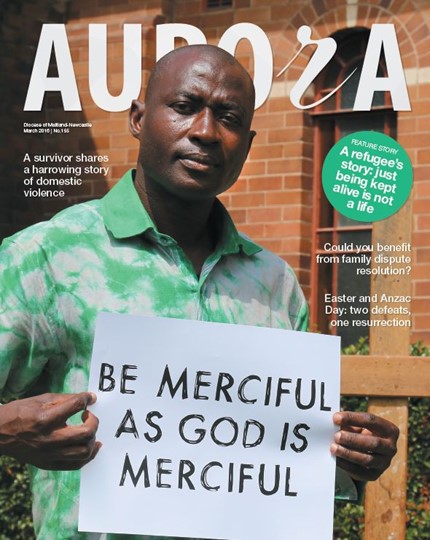Ypres is a small, ancient township on the western fringe of Belgium.
Its cobblestone central square was, in September, the site of a global blacksmithing event to make a unique peace monument marking the 100th anniversary of World War l.
Hunter Valley blacksmith, Will Maguire, has just returned from participating in this huge collaborative effort.
The 30-year-old, from Elderslie near Branxton, was the only Australian among 13 invited international masters to design metal fence panels, then to instruct teams of at least six smiths to build them during the week-long festival.
In all, 25 interpretative panels were made as 12 other masters were selected after an international competition.
A seven-metre high, 12-tonne metal slab of weathering steel, featuring a negative and positive image of a single Flanders poppy, forms the memorial’s cenotaph.
Its base comprises a field of 2016 steel poppies, hand-crafted throughout the world and including 90 made by Hunter residents at Will’s workshop earlier this year.
The panels have been installed around the poppies in a zig-zag pattern reflecting the layout of trenches. Will’s panel is based on World War l caltrops, primitive four-pointed devices similar to catheads, which were used to lame horses and puncture vehicle tyres. He developed his design to a point where a tangled web of human forms emerged, pulling, pushing, dancing and struggling with themselves.
The Ypres event took more than seven years to organise and culminated in some 300 global blacksmiths taking part.
The peace monument provides an evocative focus with its cenotaph poppy depicting, on one hand, the lost souls of those who died in conflict or were damaged by war and, on the other, a brighter future that stemmed from such sacrifice.
Among the 2016 earth brown poppies is a solitary white one acknowledging people tragically shell-shocked during the war, labelled cowards and shunned.
In November the memorial was installed in its permanent location adjacent to the German World War l cemetery at Langemark-Poelkapelle, 10 kilometres from Ypres.
How then did a young Aussie bloke become involved in such a project at a European site that commands reverence similar to that given Hiroshima, the Japanese city destroyed by the first atomic bombing in World War ll?
“Fairly simply, really,” said Will in his matter-of-fact tone.
“When I finished my apprenticeship as a 20-year-old I became a blacksmith journeyman in England for a couple of years and worked and lived for several months with Terry Clark, the blacksmith who designed the monument after a request from the Belgium Guild of Blacksmiths.
“Terry and I kept in touch, he knew my work, and so he asked me to be part of it.”
Ypres held a strategic position during World War l, standing in the path of Germany’s sweep into France. Britain guaranteed Belgium neutrality, so Germany’s invasion drew British, French and allied forces (including Australian) into the fray.
Hundreds of thousands of lives were lost around Ypres, it was one of the first places where chemical warfare was used and the town itself was all but obliterated by artillery fire.
It’s the site where the iconic flower of remembrance, the Flanders poppy, blooms, and after being rebuilt, Ypres has become “a city of peace” along with Hiroshima. Residents of both places have decried cities as war targets and called for the abolition of nuclear weapons.
At Ypres’ old entrance the Menin Gate memorial stands with the imprinted names of more than 54,000 United Kingdom and Commonwealth military personnel who died for the area’s freedom and have no known graves.
As an enduring mark of thanks, every single evening since 1928, with the exception of four years of German occupation in World War ll, stillness has descended on the Menin Gate so that volunteer buglers can sound The Last Post.
“War holds a lot of meaning for many people, I respect that, but being involved in this memorial for me was about everyone working together, celebrating our differences,” said Will.
“It was about ordinary men and women moving forward in friendship, those from Belgium, Russia, Britain, Germany, Japan, too many places to name, from everywhere, co-operating and seeing things from another’s perspective.
“It was awe inspiring, humbling in a way to be a small part of it, but it wasn’t like going to Hollywood where people swoon around celebrities; in the end everyone was just a blacksmith, we’re all equal.
“Hopefully,” he said, “we’ve forged more than another metal structure, hopefully people from all the world’s diverse cultures can see the broader meaning in something like this.”
